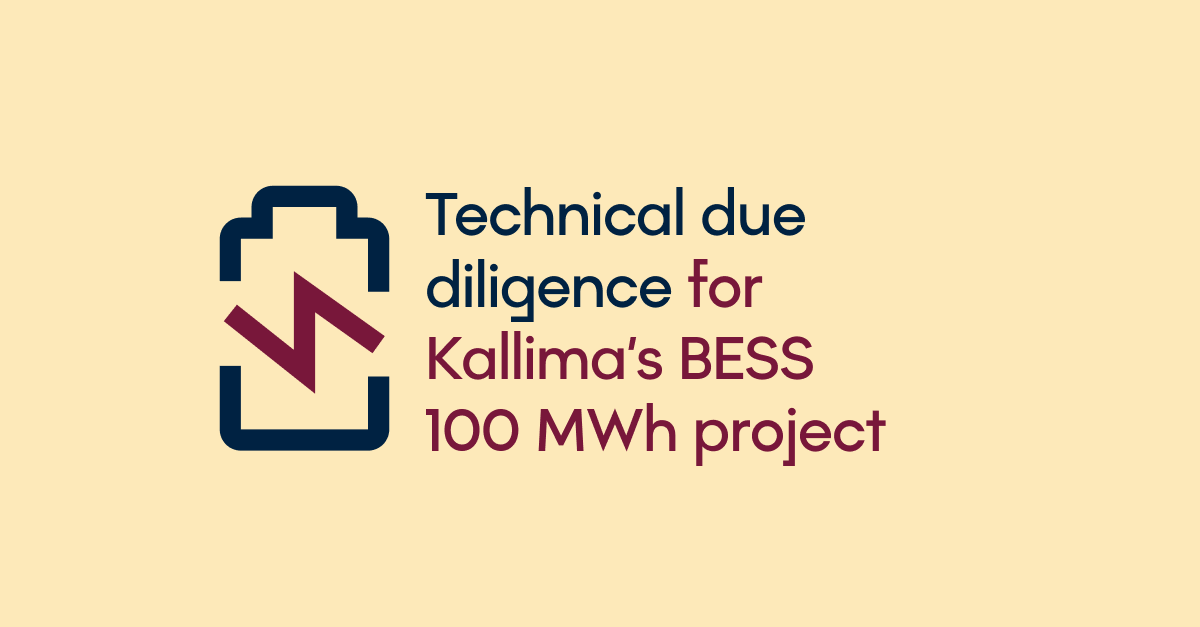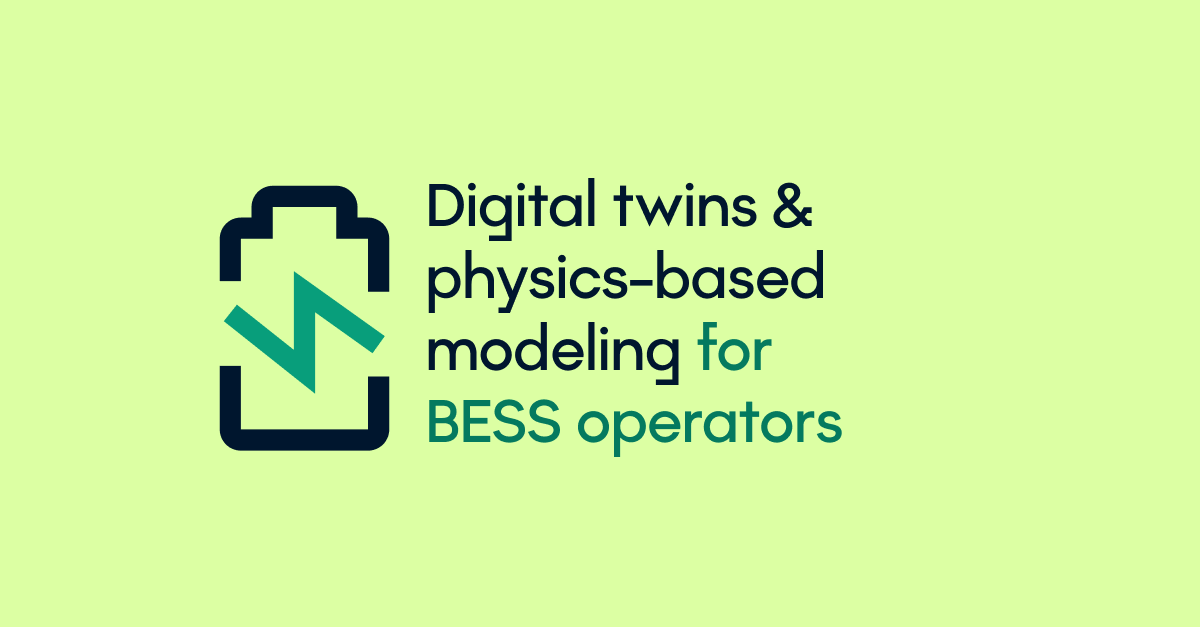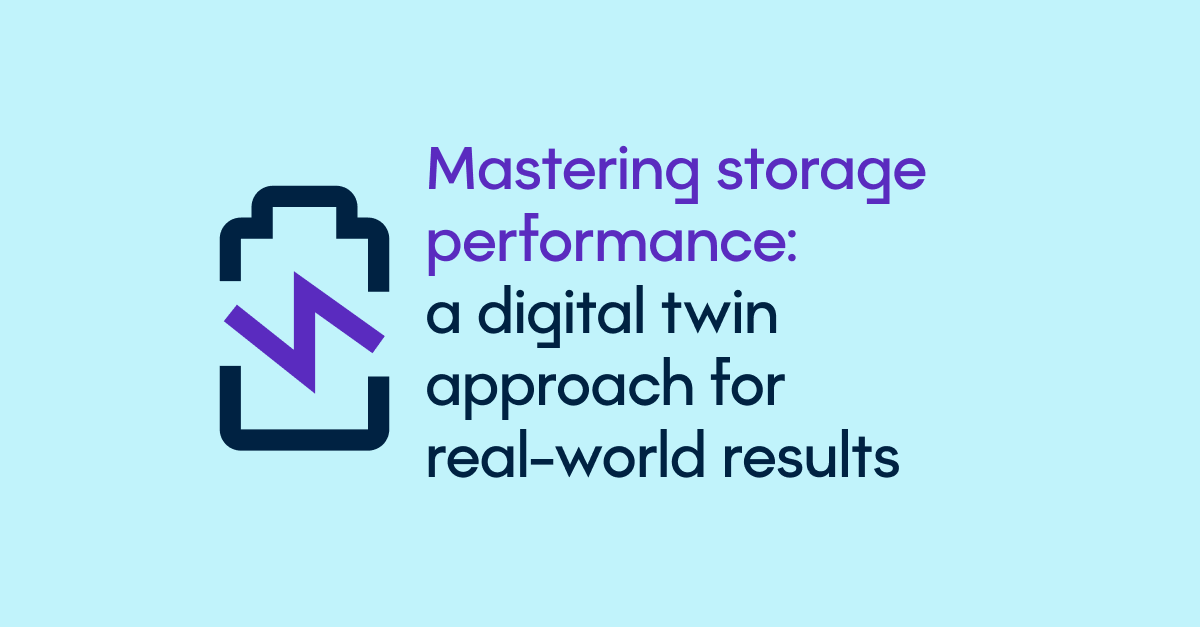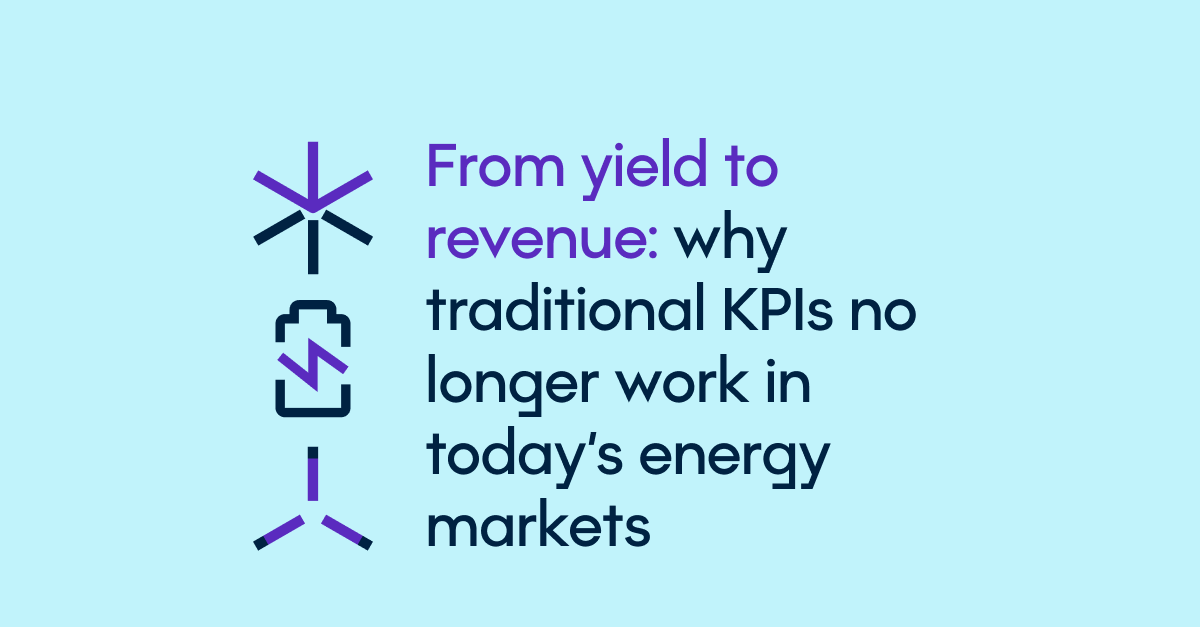Digital Twin technology plays a vital role in advancing the renewable energy industry, offering valuable insights across the entire asset lifecycle. This advanced technology provides a digital replica of physical assets, enabling enhanced monitoring, analysis and optimisation, from the design and construction, through to operation and maintenance. By integrating data from various sources and simulating real-world conditions, Digital Twins offer detailed insights into asset performance, helping to optimise operations and extend the lifespan of renewable energy installations.
Concepts & benefits of Digital Twin
In this whitepaper, we will explain what is a digital twin, in simple words, and what are its various types. Then, we will break down the difference between black-box Digital Twins, that rely on operational data to build statistical models of the expected behaviour of the asset, white-box Digital Twins, that use a physics-based approach to model the behaviour of the asset, and grey-box modelling. One significant advantage of physics-based Digital Twins is their ability to deliver accurate insights from day one, unlike black-box models that need extensive data collection before producing results. Physics-based models rely on fundamental physical principles rather than historical data, meaning they can immediately start optimising performance.
Additionally, these Digital Twins allow for a direct comparison between business plans and contracts, offering a more precise alignment between projected and actual performance. This capability allows for more accurate identification of failure root causes, which is essential for maintaining operational efficiency and preventing costly downtimes.
Furthermore, we will demonstrate the benefits of physics-based Digital Twin technology for asset operators. We will show how quicker and more accurate insights into underperformance issues lead to improved performance and optimised asset management, namely through fault identification, reporting and dispatching. We will also see that the transparency offered by these Digital Twins in performance assessment fosters better communication and understanding among various stakeholders, and reduces the risk of contractual disputes and their associated costs.
Use case of an IPP using physics-based Digital Twin to optimise its operations
Finally we will present a use case where a leading renewable energy IPP leveraged SynaptiQ's physics-based Digital Twin to optimise operations across 170+ sites. By adopting advanced analytics and data-driven decision-making, they achieved a 2-3% increase in energy yield, transforming their maintenance strategies and overall efficiency.
Download the full whitepaper to dive into the details and see how this technology can deliver tangible results for your assets.























